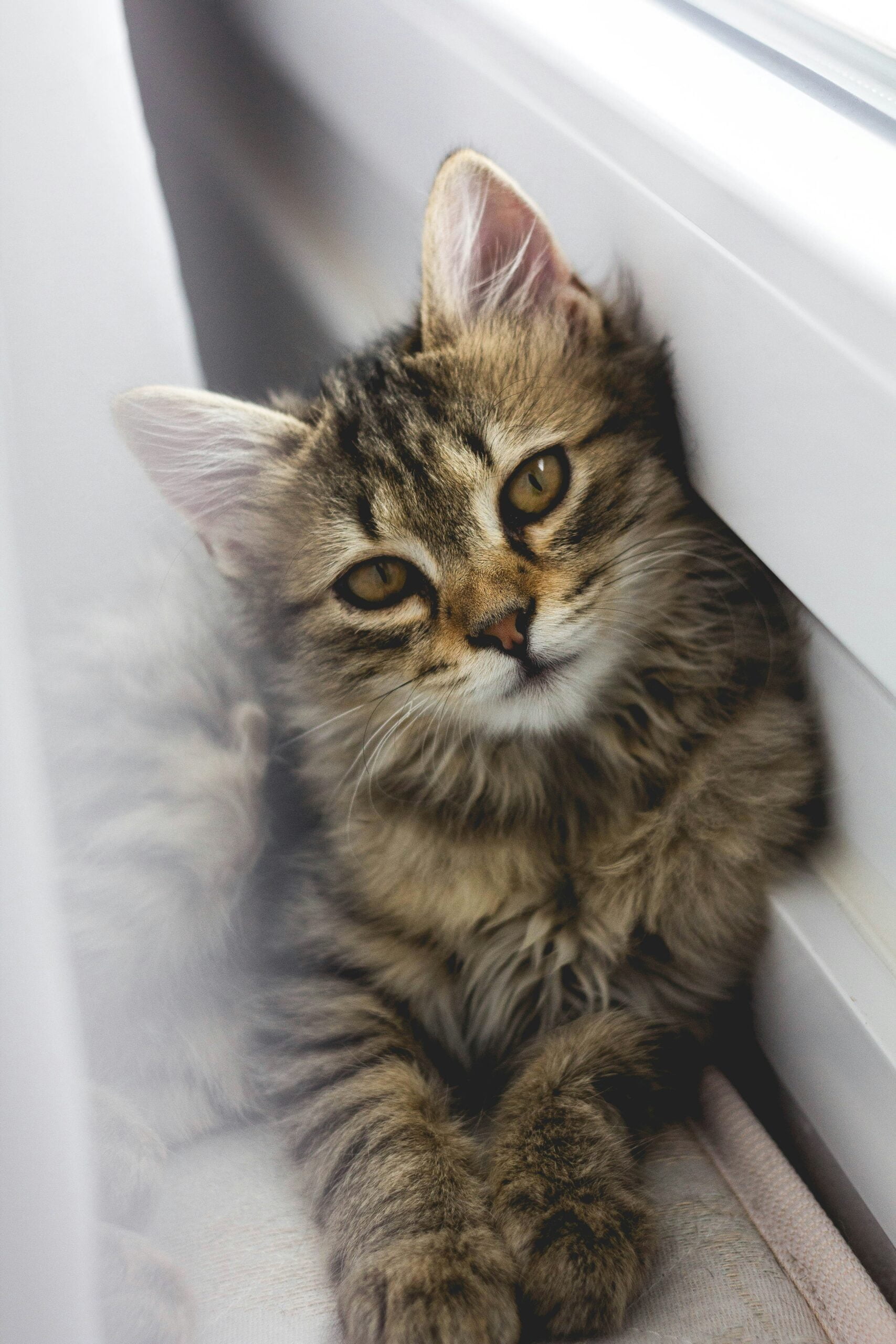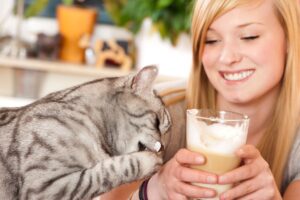The Purring Phenomenon
One of the most distinctive sounds in the animal kingdom is the purr of a cat. It’s a soothing, rhythmic hum that can comfort both the cat and its human companions. But what causes this unique sound, and what does it mean? Let’s delve into the science behind cat purring.
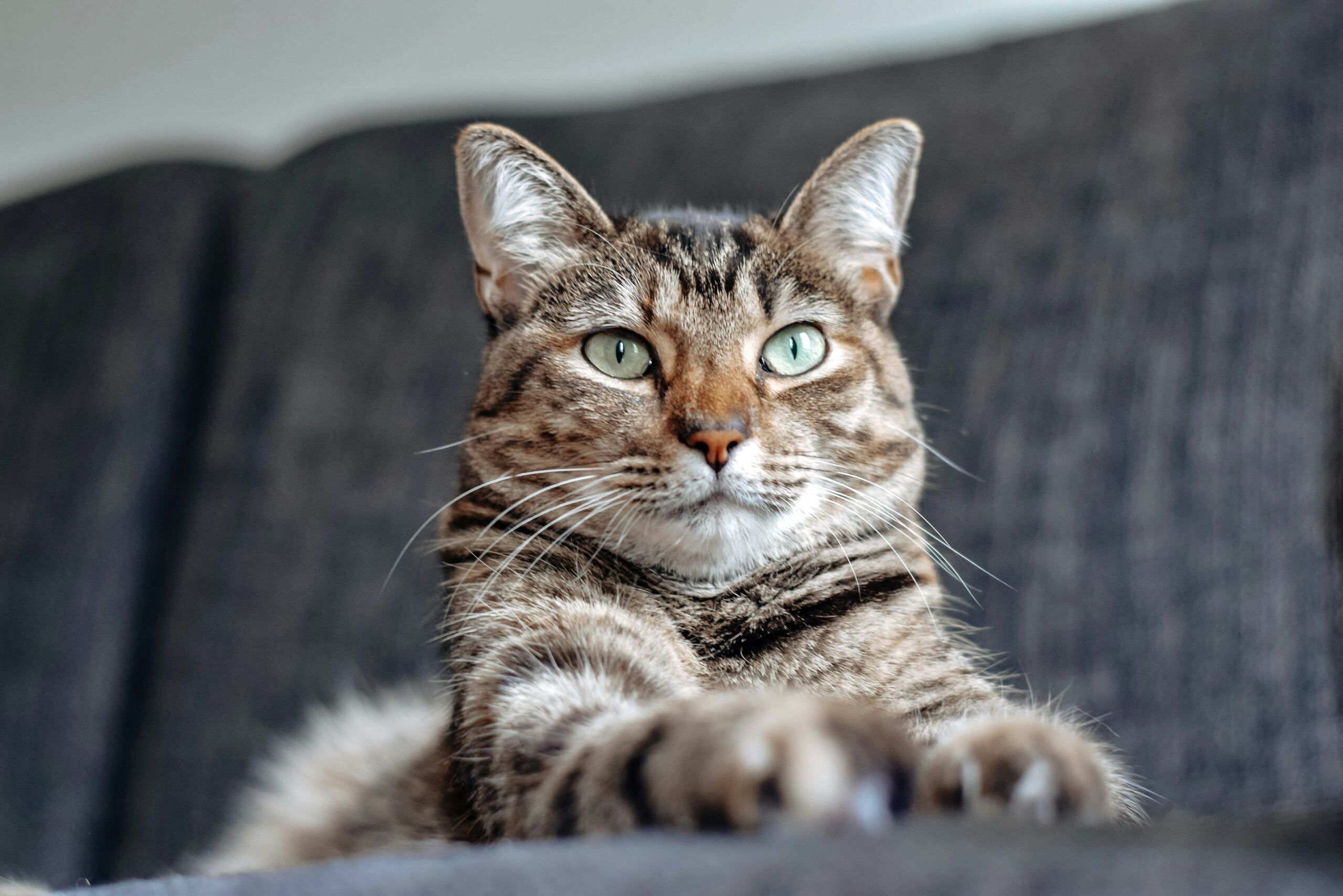
The Mechanics of Purring
Unlike most vocalizations, purring involves the rapid twitching of muscles within a cat’s larynx (voice box). These muscles twitch at a rate of 25 to 150 vibrations per second (Hz), creating a low-frequency rumble that we recognize as a purr. Interestingly, cats can purr while both inhaling and exhaling, which gives the purr its continuous sound.
How Purring Begins
Purring typically begins when a kitten is just a few days old. This early purring is a way for the kitten to communicate with its mother, signaling that it is nearby and doing well. As cats grow older, they continue to use purring as a means of communication, although the reasons for their purring can become more nuanced.
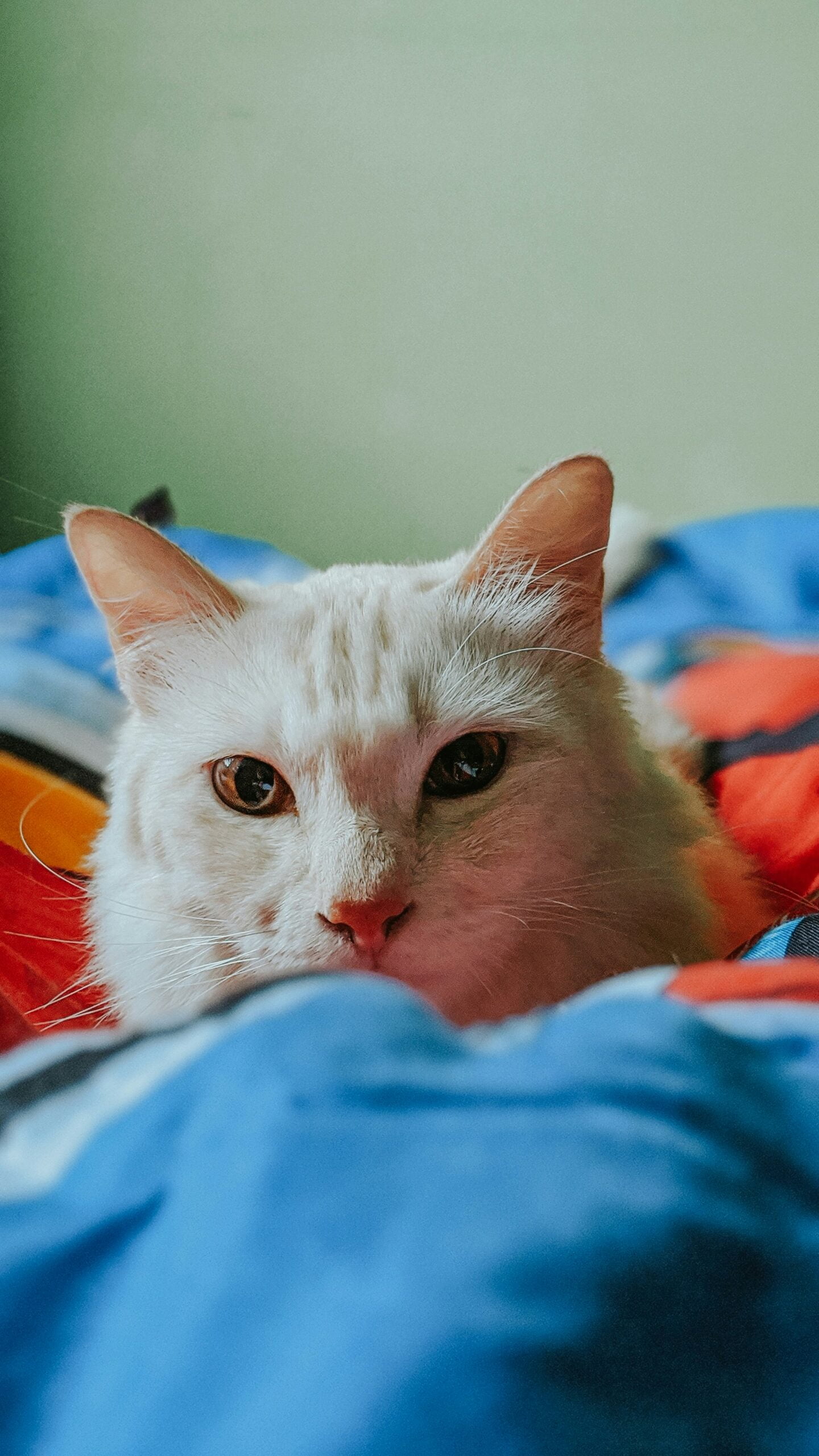
Why Cats Purr
While we often associate purring with contentment, cats can purr for a variety of reasons. Here are a few common situations where cats might purr:
- Comfort and Bonding: Cats often purr when they are relaxed, such as when they are being petted or are curled up in a warm spot. This is a way for them to express contentment and strengthen their bond with their human companions.
- Healing: The frequency of a cat’s purr can actually promote healing and reduce inflammation in the body. This is why cats may also purr when they are injured or unwell.
- Distress: Cats can also purr when they are anxious or frightened as a way to comfort themselves.
Understanding Your Cat’s Purr
By paying attention to the context in which your cat purrs, you can often gain insights into how they are feeling. For example, if your cat is purring while you’re petting them, they are likely expressing contentment. On the other hand, if your cat is purring while showing signs of distress, such as hiding or acting unusually quiet, they may be trying to comfort themselves.
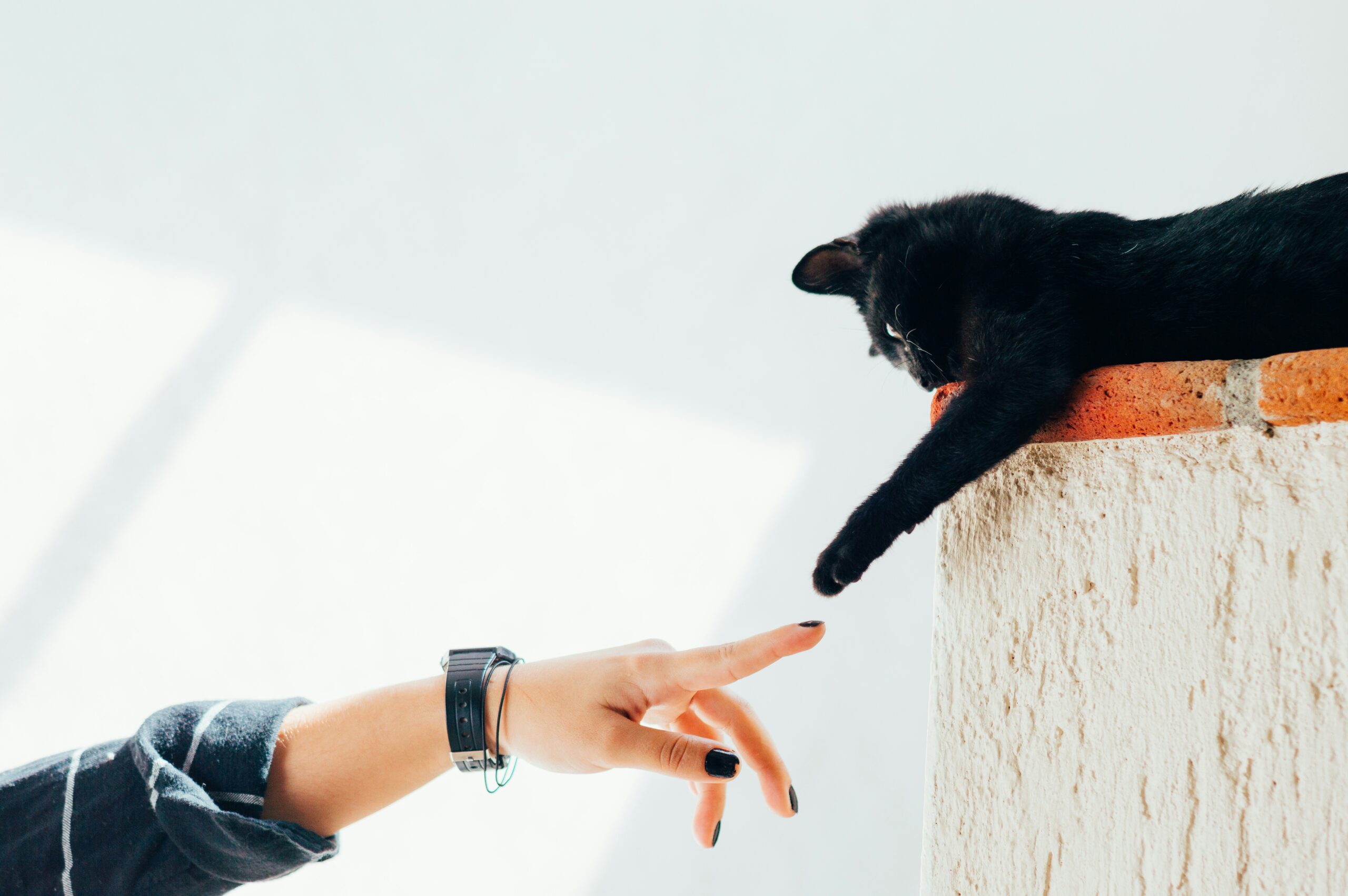
The Healing Power of Purring
Interestingly, the vibration frequency of a cat’s purr has been found to have therapeutic effects on the human body, including lowering stress, reducing blood pressure, and even promoting the healing of wounds. So the next time you’re feeling stressed, consider spending some time with a purring cat. You might just find that their purring not only soothes them, but you as well.
Enjoyed reading this article? There’s plenty more where that came from! Check out our blog for more insightful articles and tips about your furry friends. Here are a few you might find interesting:
– Pet Friendly Hotels Near Lax Airport
– Top Organic Dog Foods of 2023: Nourishing Your Dog Naturally
– A Comprehensive Guide to Dog DNA Tests in 2023
– The Influence of Hollywood on Dog Fashion Trends
– The Aging Process: Understanding the Canine Brain
– Top 10 Dog Breeds Active Families
Keep exploring and learning with Trusty Paws!
